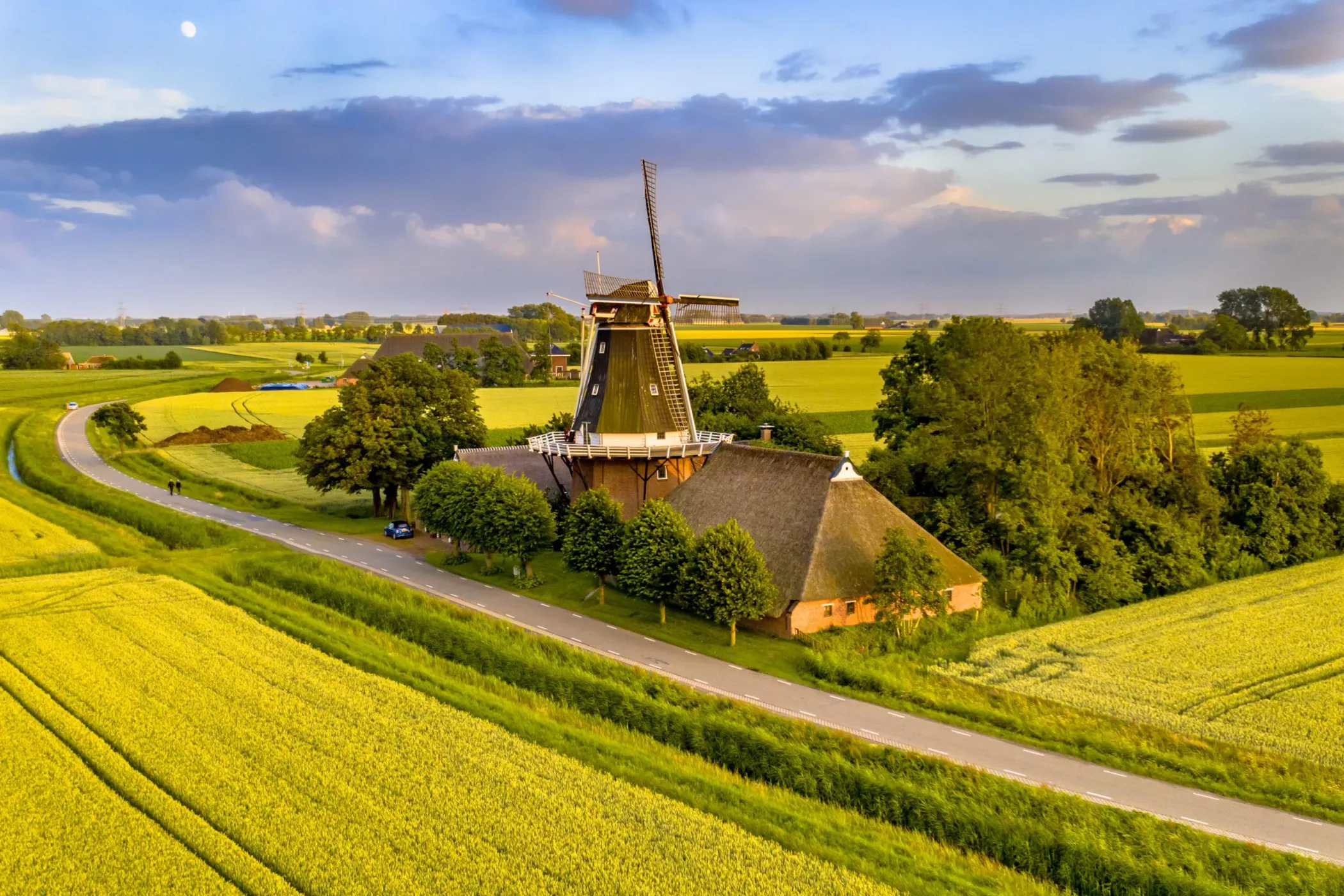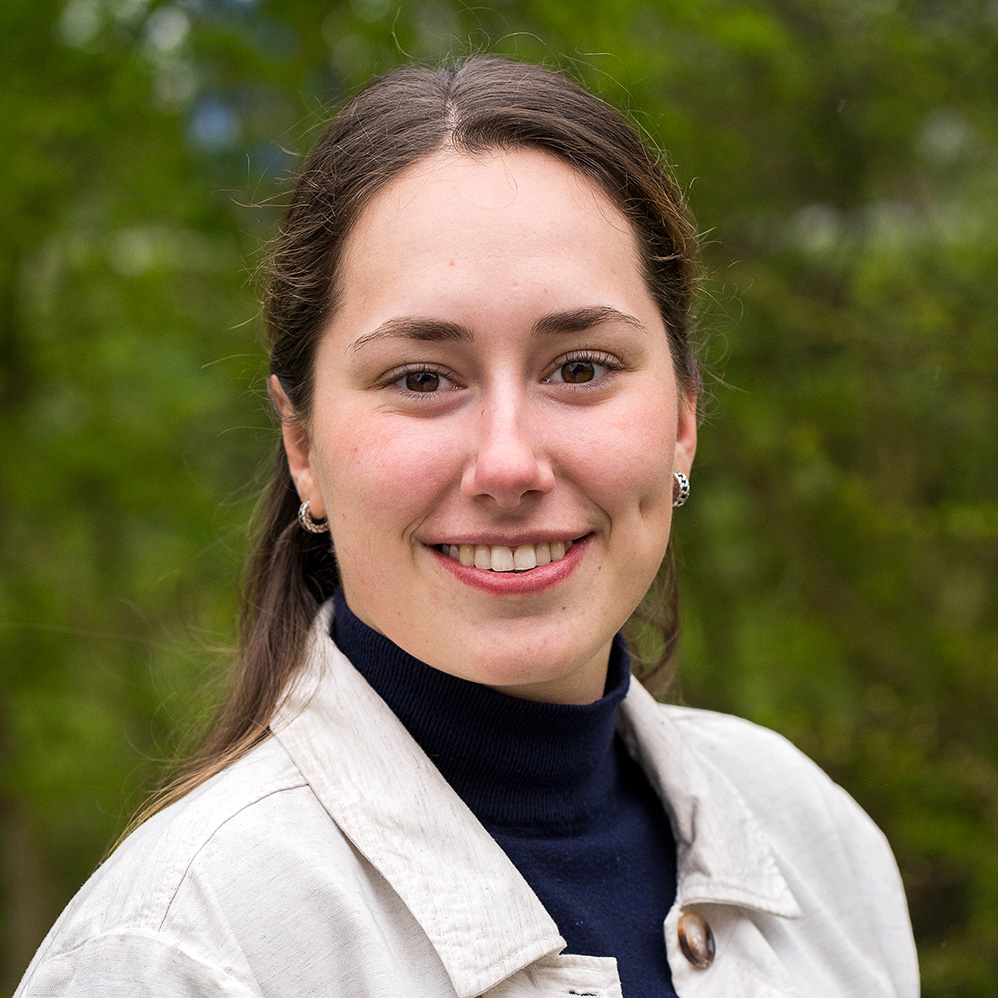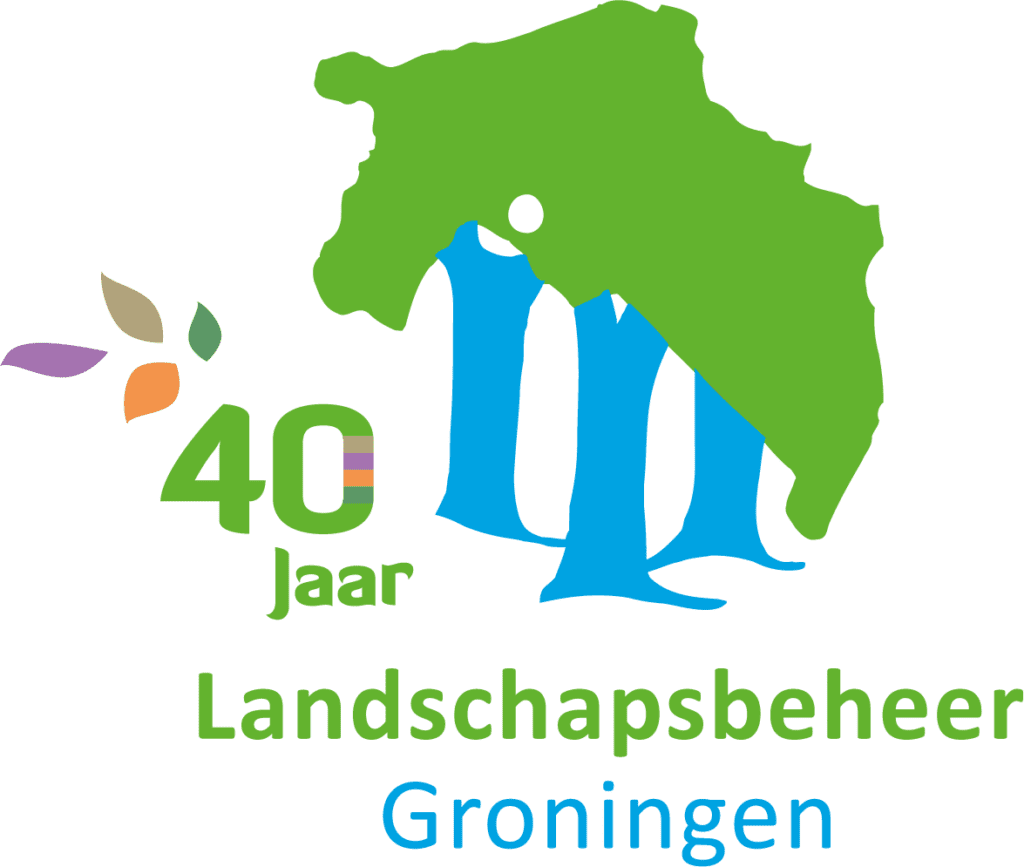Groningen
Trees for All brings back the green in and around Groningen farmyards. Together with Landschapsbeheer Groningen and farmyard residents we are planting 21,731 trees and bushes.

Trees for All brings back the green in and around Groningen farmyards. Together with Landschapsbeheer Groningen and farmyard residents we are planting 21,731 trees and bushes.
trees and bushes
participants (at least)
planting period
In the last several decades many landscape elements have disappeared from Dutch farm yards. Because of agricultural increase in scale and urban expansion, the green more and more often had to make way for barbed wire or bricks.
This dealt biodiversity a severe blow. All kinds of birds, butterflies and other insects miss their habitat and have a hard time. But landscape elements also have cultural-historical value. After all, the farmyards and their plantation are man-made and therefore tell the unique story of farm and scenery.
Landscape elements also create healthy living conditions, such as oxygen, fresh air, water and nutrition. Landscapes with many trees and bushes are much more climate-proof. Trees absorb CO2, thus combatting global warming and they provide shade: pleasant for man and animal.
Summarizing: more than enough reasons to re-instate landscape elements!
We are going to plant 21,731 trees and bushes in and around at least 100 farm yards in southern and eastern Groningen. This involves at least 50 residents of farmyards. They will plant landscape elements in their yards themselves, aided by Landscape Management Groningen and Trees for All. Participants e.g. receive historical maps of their area and yard. We also work with quick scans of the landscape. This scan will reveal things about the identity of the landscape and about the plantation which belongs there.
The participants decide for themselves what landscape elements they wish to plant. Think of fruit trees, double colonnades or hedges. They may choose from a list of indigenous, regional trees and bushes: types which belong to this area. Examples are currant, hawthorn, fluttering elm, raspberry, field maple, mountain ash, bird cherry, privet, hornbeam, hazel, briar rose, holly, sloe, pear, ivy, willow, small-leaved and large-leaved lime or common oak. In this way, planting trees has maximum impact on local nature and biodiversity.
By working together with Groningen people, we create a large amount of support and enthusiasm. We know from experience that participants feel responsible for their own surroundings and thus are extra motivated to take diligent care of the trees and bushes.
Examples of elements to be planted are 1) wild privet, 2) briar rose, 3) common hazel, 4) hornbeam, 5) bird cherry, 6) sloe and 7) common oak
We will plant trees and hedges in and around farm yards in the southern and eastern parts of the province of Groningen. Examples of relevant municipalities are Westerwolde, Oldambt, Stadskanaal, Pekela, Veendam, Groningen, Midden-Groningen.
All farm yard residents may take part in the project. We consider smaller yards within villages as part of the rural district. Trees and bushes are planted on e.g. the edges of parcels or along roads, paths and ditches.
– Marjolein Tulp, project staff member at Landschapsbeheer Groningen

The most important partners of co-operation in this project are the participants: the landowners. After all, it is they who make their farm yards available for planting trees and bushes. In addition to this, Landschapsbeheer Groningen is closely involved. This foundation is dedicated to maintenance and sustainable development of typical regional man-made landscape in Groningen.
